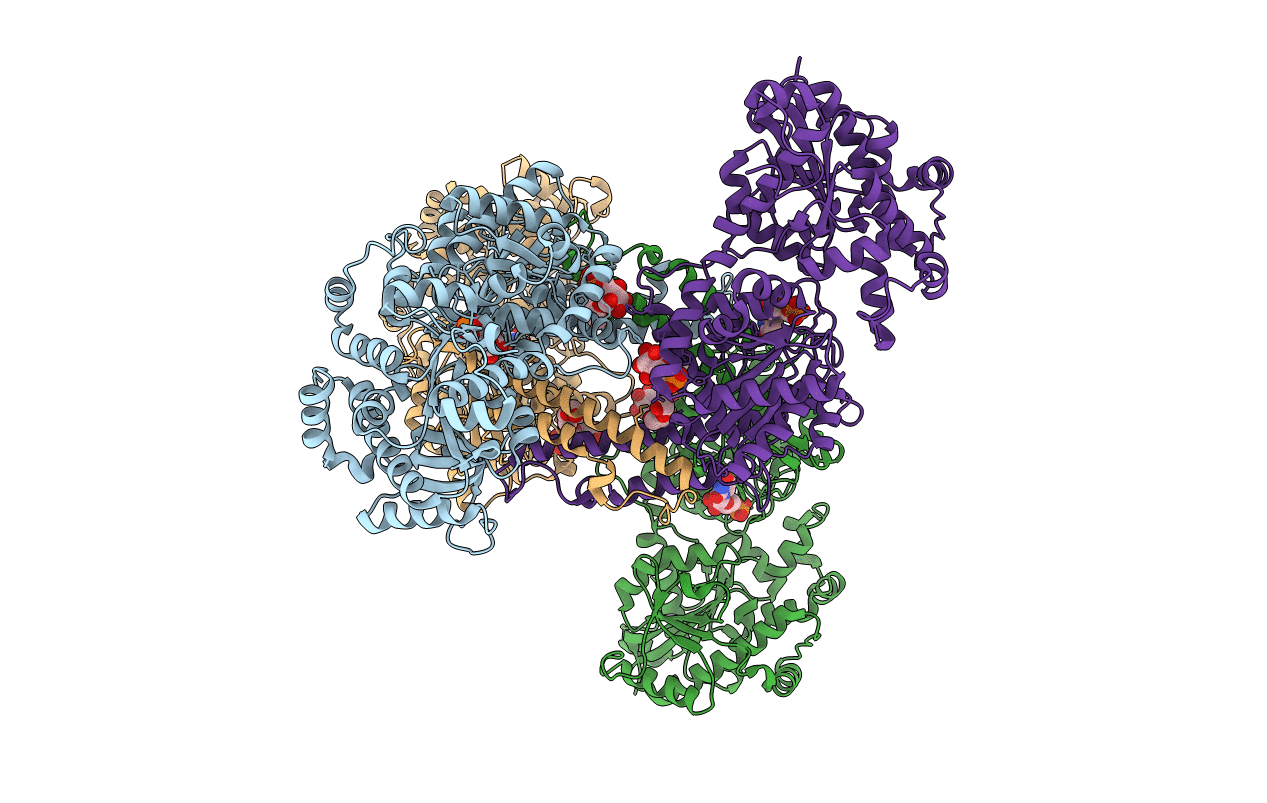
Deposition Date
2013-05-14
Release Date
2013-12-11
Last Version Date
2023-09-20
Entry Detail
PDB ID:
4KQ1
Keywords:
Title:
Crystal structure of yeast glycogen synthase in complex with uridine-5'-monophosphate
Biological Source:
Source Organism:
Saccharomyces cerevisiae FostersO (Taxon ID: 764101)
Host Organism:
Method Details:
Experimental Method:
Resolution:
2.66 Å
R-Value Free:
0.26
R-Value Work:
0.20
R-Value Observed:
0.21
Space Group:
I 2 2 2


